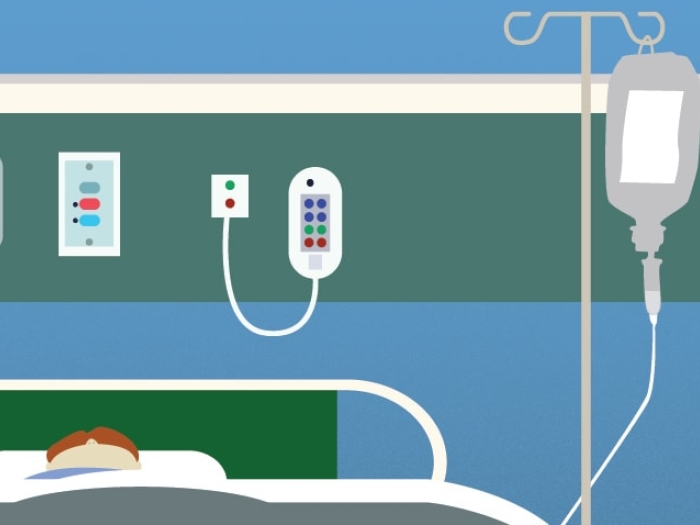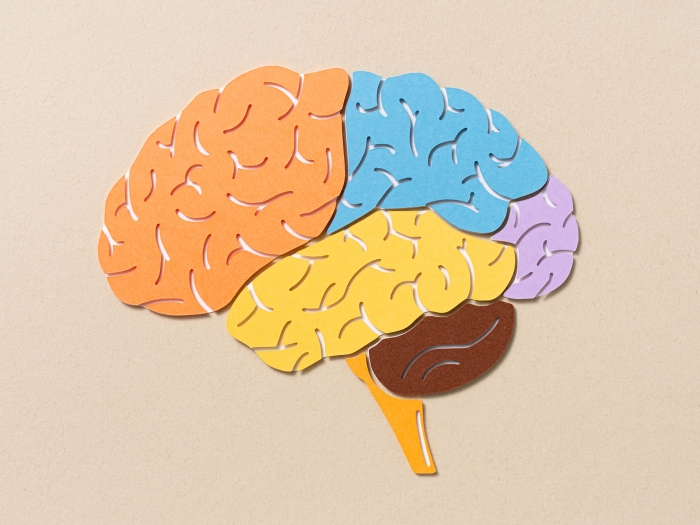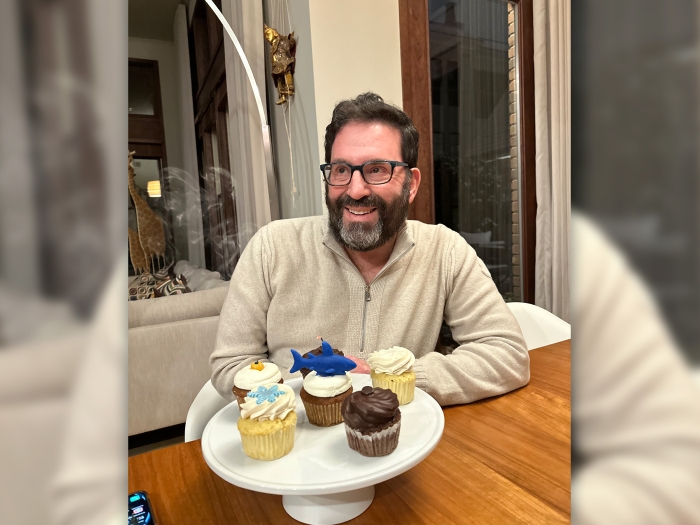Does geography affect your likelihood of calling an ambulance after a stroke? A new U-M study says patients’ profiles might matter more than the demographics of their neighborhood.
8:00 AM
Author |

When it comes to receiving treatment for critical emergencies such as stroke, time matters.
"The faster you get to the hospital when you have a stroke, the better chance you have to fully recover," says William Meurer, M.D., an assistant professor of emergency medicine at the University of Michigan Health System and member of the Institute for Healthcare Policy and Innovation.
Meurer is the lead author of a study, published last month in the journal Annals of Emergency Medicine, which asked: Does a patient's neighborhood predict how quickly an individual gets to the hospital while experiencing an acute stroke?
It depends, but not on what you might think.
What influences EMS use
The idea that a person's neighborhood may contribute to the ability to obtain health care in a time of need has previously been studied for incidents such as cardiac arrest and emergency medical services (EMS) use in neighborhoods with different levels of poverty. Meurer and the team inquired if a person's neighborhood was associated with his or her use of EMS in getting to the hospital for acute stroke.
"We know that patients arriving to the emergency department through EMS often get more rapid care, but interestingly more than half of stroke patients don't use EMS while experiencing acute stroke," Meurer says. "We designed the study to see if we could identify neighborhoods where people were frequently delayed in getting to the hospital."
The study compared data from the Brain Attack Surveillance in Corpus Christi (BASIC) project — a population-based stroke surveillance study identifying cases arriving to emergency departments in Nueces County, Texas — with statistics on neighborhood makeup and traits of people inhabiting each neighborhood.
Neighborhood factors analyzed included violent crime, proportion of older adults within each neighborhood, proportion of Hispanic residents within each neighborhood and median neighborhood income. Individual factors taken into consideration included demographics, ethnicity and if the person had characteristics that raised risk for stroke. In addition, researchers examined stroke severity.
Between 2000 and 2009, there were 4,004 identified strokes in Nueces County, but only 49 percent of the cases arrived at emergency departments via EMS. EMS use varied greatly across neighborhoods in the county from 17 to 71 percent. After including the individual and neighborhood factors, researchers determined that stroke patients' individual characteristics played a far greater role in EMS use than their surroundings.
We found that the higher number of older adults in a neighborhood, the less likely the use of EMS for stroke.William Meurer, M.D.
Interesting trends identified
But there were still two neighborhood factors that did appear to influence EMS use for stroke: proportion of older adults and median income.
"We found that the higher number of older adults in a neighborhood, the less likely the use of EMS for stroke," Meurer says, adding that perhaps in these neighborhoods there are a higher number of older individuals living alone and fewer people in the house to call EMS in the event of an emergency.
Perhaps more surprising, EMS use for stroke was lower in neighborhoods with higher family income. The study stated that perhaps low-income individuals might have fewer alternative transportation options. And if individuals live in high-crime neighborhoods, they may be more accustomed to calling emergency dispatch systems, or there might be greater incidence of stroke in areas of higher violent crime.
Despite Meurer's stance on the lifesaving value of EMS, the study revealed a contradiction.
Researchers found that despite higher EMS use in low-income neighborhoods, delay in getting to the hospital with or without EMS was similar across neighborhoods of all incomes, and individuals with milder strokes had the most delays.
This emphasizes the need for patients and their families to know the signs of strokes, Meurer says.
"The public, in general, needs to become more educated on stroke awareness and recognition," Meurer says. "Prompt action is always needed in the event of a stroke, even if symptoms seem mild."

Explore a variety of health care news & stories by visiting the Health Lab home page for more articles.

Department of Communication at Michigan Medicine
Want top health & research news weekly? Sign up for Health Lab’s newsletters today!





